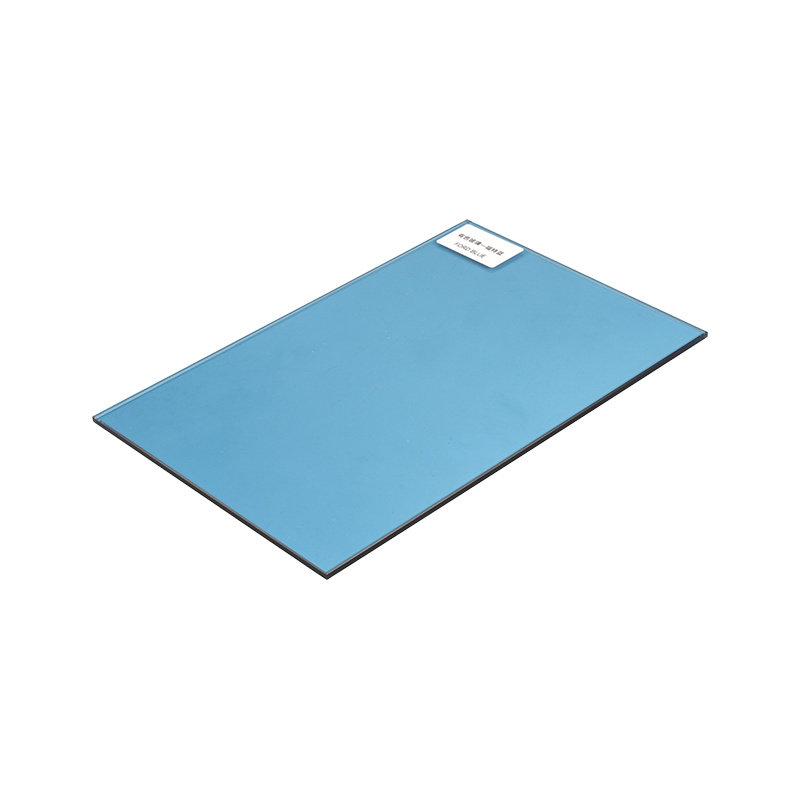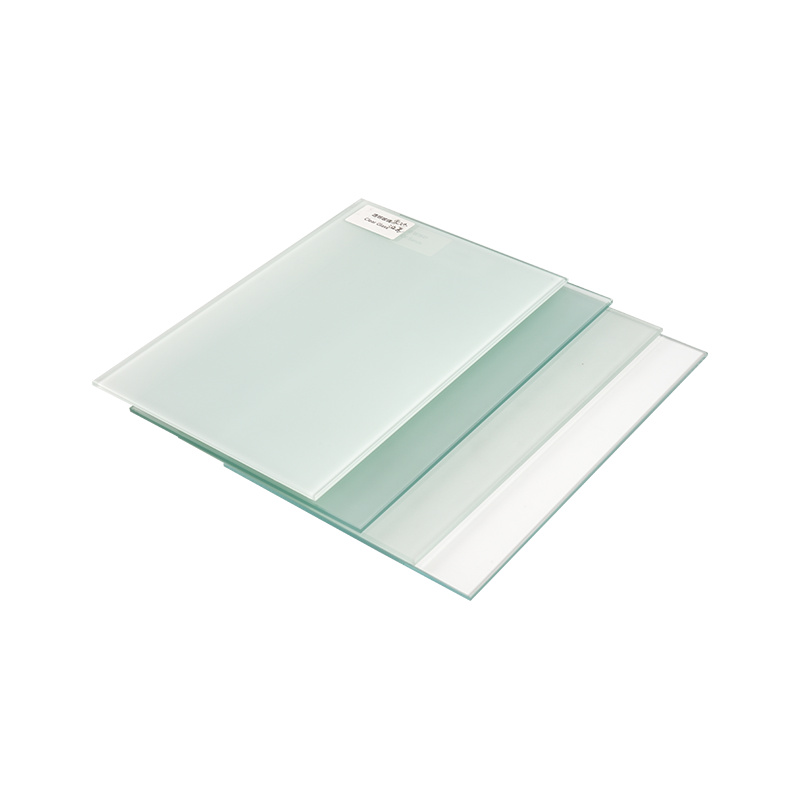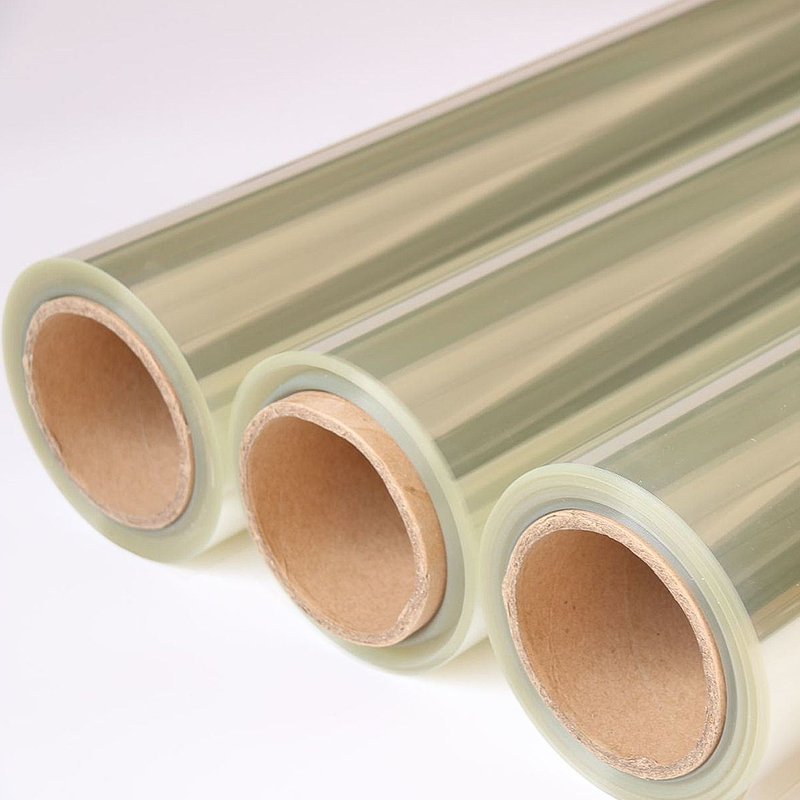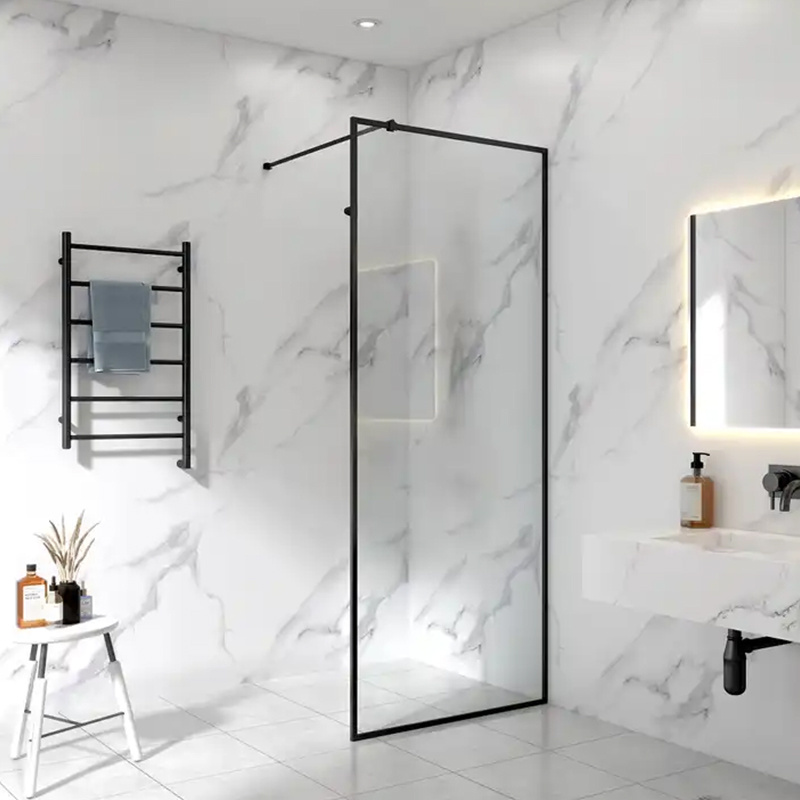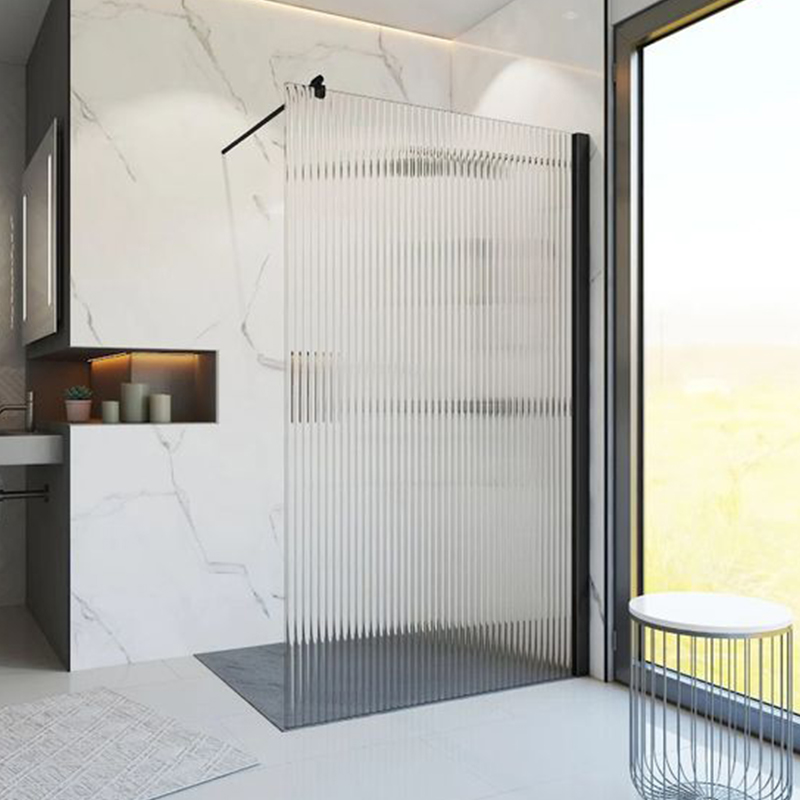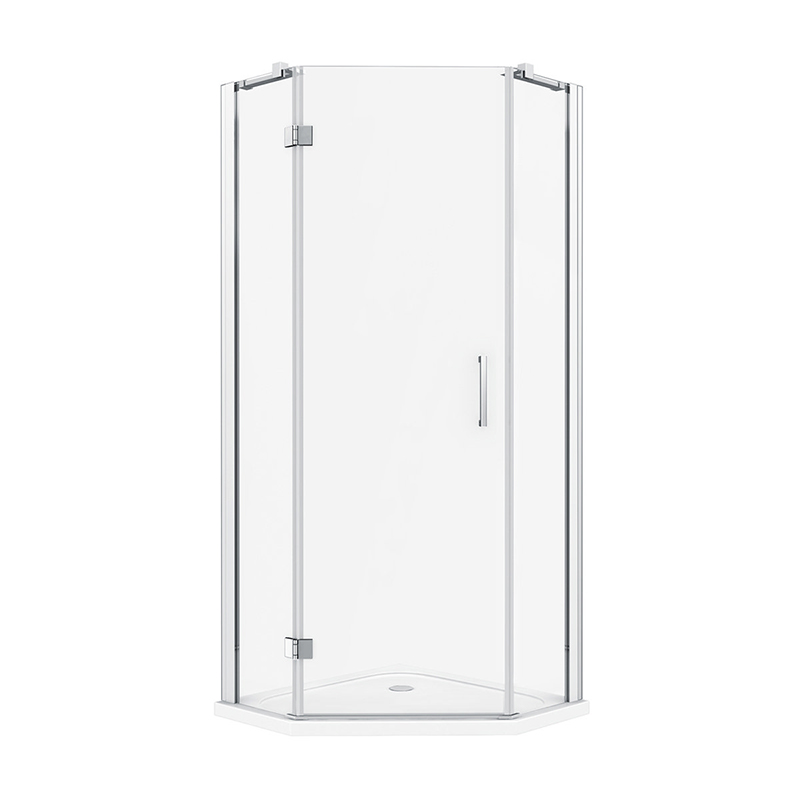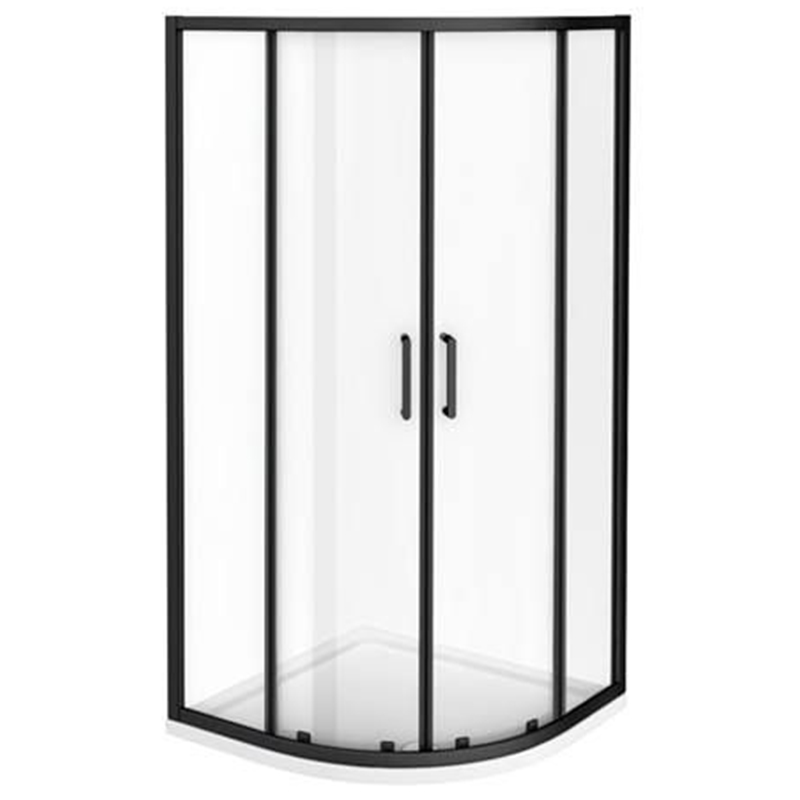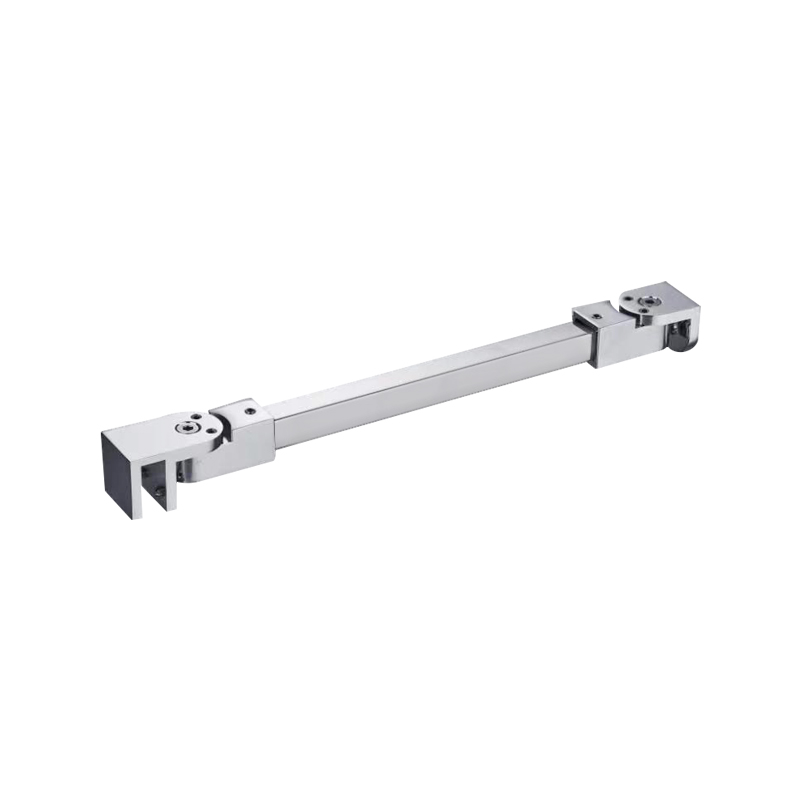In contemporary home design, the glass shower has evolved from a simple functional zoning tool to a core element in bathroom quality. Its transparent materiality breaks the closed-off feel of traditional bathrooms, and minimalist lines delineate the boundary between people and water, becoming a crucial vehicle for a sense of "private ritual" in modern life. With the advancement of technological advancements, breakthroughs in safety, durability, and design flexibility in glass shower rooms are continuously reshaping people's perceptions of bathroom space.
Material Innovation: The Art of Balancing Safety and Transparency
The core competitiveness of glass shower rooms lies first in the technological advancements in glass materials. Traditional ordinary glass, due to its poor impact resistance and the tendency to produce sharp fragments upon shattering, has long since faded from the mainstream market. Tempered glass, which now dominates the market, undergoes high-temperature quenching to redistribute internal stress, resulting in an impact strength 3-5 times that of ordinary glass. Even when shattered by extreme force, it breaks into blunt-angled particles, minimizing the risk of injury.
More advanced laminated tempered glass incorporates a PVB film between two sheets of tempered glass. This polymer material possesses extremely strong adhesion, allowing the glass to maintain its shape and prevent fragmentation even if it shatters. This material is particularly suitable for families with elderly or children, or for high-end residential projects with stringent safety requirements. Ultra-clear tempered glass, by removing iron from the raw material, increases light transmittance to over 91.5%. This effectively reduces the green cast common in ordinary glass, resulting in a purer light in the shower room and a more integrated feel with the overall bathroom design.

The surface treatment of the glass also impacts the user experience. Nano-easy-clean coating technology creates a hydrophobic and oleophobic molecular film on the glass surface, making it difficult for water droplets and stains to adhere. This reduces cleaning frequency and slows down scale formation. Frosted or etched finishes impart a unique texture to the glass while ensuring privacy, creating a visual focal point in the space.
Design Logic: From Functional Zoning to Spatial Narrative
Excellent glass shower room design is more than a simple glass enclosure; it's the result of meticulous calculations based on ergonomics and spatial scale. The choice of door opening directly impacts space utilization. Hinged doors require a sufficient opening radius and are suitable for ample bathrooms. Folding doors minimize the required opening space by folding multiple panes of glass in a coordinated manner, making them ideal for smaller apartments. Sliding doors, on the other hand, utilize a track system to allow for parallel movement of the glass, minimizing the need for additional space while maintaining visual continuity.
The intersections between glass and other materials reveal hidden design ingenuity. The thickness, color, and linearity of the metal frame should complement the style of the bathroom faucets and hardware. Frameless designs utilize concealed hinges and gaskets to achieve a seamless connection between the glass and create a sense of "floating" lightness. The bottom water barrier is typically kept to a height of 1-2 cm, effectively preventing water from overflowing while also preventing it from becoming an obstacle to entry and exit. Materials range from marble to stainless steel, ensuring both waterproofness and decorative appeal.
The use of light and shadow lends a glass shower room an atmospheric feel. Clear glass allows natural light to penetrate freely, creating a sense of openness and transparency in a small space. Frosted glass diffuses light, softening it and protecting privacy. Artistic glass with gradient patterns creates a variety of visual effects through shifting light and shadow, injecting an artistic touch into the bathroom.
Installation and Maintenance: Key to Extending Lifespan
The durability of a glass shower room depends largely on the professionalism of the installation process. Wall flatness is paramount. If the wall surface deviation exceeds 3 mm, leveling or an adjustable frame structure is necessary to prevent the risk of the glass exploding due to uneven stress over time. The choice of sealant is equally important. Neutral silicone sealant offers excellent water resistance and aging resistance, and will not corrode the metal frame. During installation, ensure the sealant is continuous and full, avoiding bubbles and gaps.

The key to daily maintenance is preventing scale and mildew. Wipe away any water droplets on the glass surface after each use to reduce mineral deposits. Wipe weekly with a neutral detergent and a soft cloth, avoiding scratches with hard objects such as steel wool. For mold in crevices, regularly treat with a dedicated mildew remover. Keep the rail system clean to prevent the accumulation of hair and debris that can affect smooth sliding. Regular lubrication can extend its lifespan.
The popularity of glass shower enclosures is essentially a reflection of people's evolving demands for bathroom spaces. They not only meet the functional need for dry and wet separation, but also embody the pursuit of privacy, comfort, and aesthetics. From technological breakthroughs in materials to thoughtful design, from precise installation to meticulous daily maintenance, every aspect of glass shower enclosure design has been refined to make this product more relevant to modern lifestyles.



 中文简体
中文简体